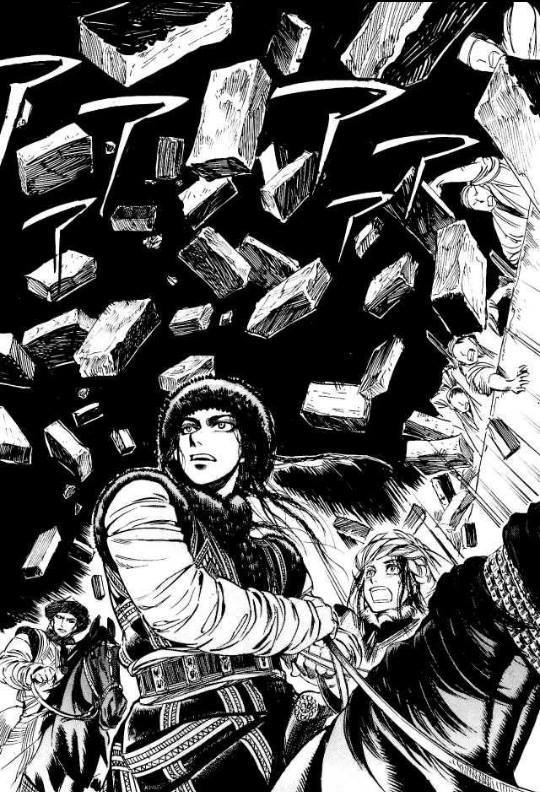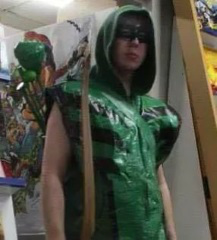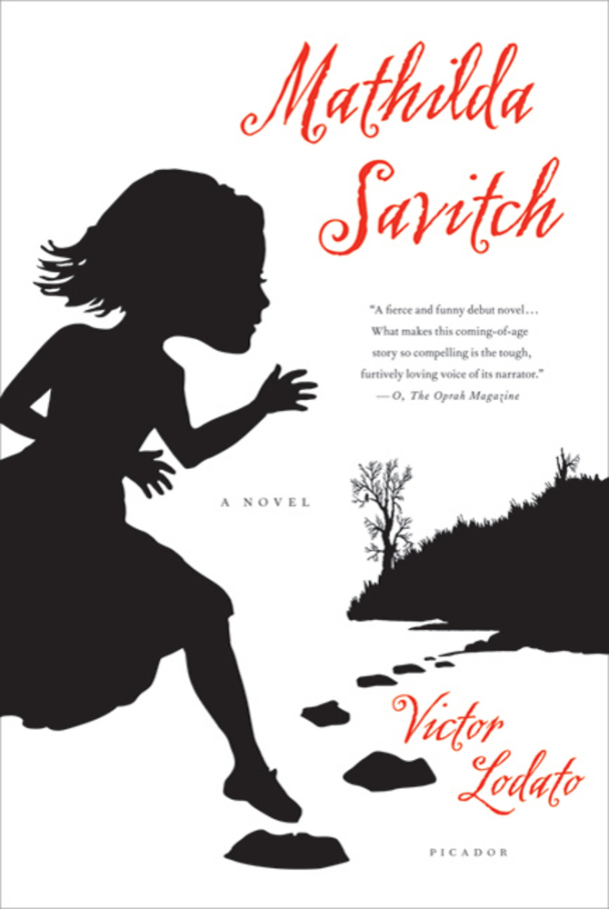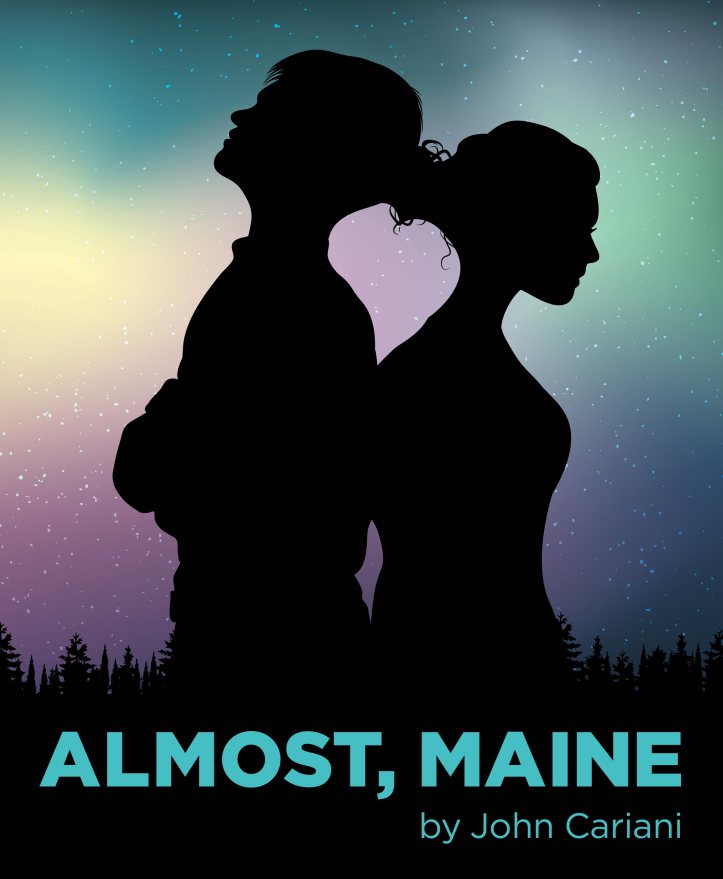Serialized in Harta (2008-Present)
Published in the U.S. by YEN Press (2011-Present)
Story & Art by Kaoru Mori
Summary: A Bride’s Story tells the tale of a beautiful young bride in nineteenth-century Asia. At the age of twenty, Amir is sent to a neighboring town to be wed. But her surprise at learning her new husband, Karluk, is eight years younger than her is quickly replaced by a deep affection for the boy and his family. Though she hails from just beyond the mountains, Amir’s clan had very different customs, foods, and clothes from what Karluk is used to. As the two of them learn more about each other through their day-to-day lives, the bond of respect and love grows stronger. [YEN Press]
[SPOILERS!!]
Review: A Bride’s Story vol. 2 continues the simple fun and joy that this series is to read. In a market filled with series competing to be either too dark and edgy, or too comedic and ecchi or any so which way in order to garner the attention of readers everywhere it’s refreshing to sit down, relax and enjoy a nice little story about people being people in a day and age virtually untouched in any medium.
There are several little stories within this volume. The first one features Amir meeting and befriending a young girl named Pariya who has trouble connecting with other women around the village due to her tough exterior. Amir who’s smart but often on the clueless side doesn’t understand why Pariya isn’t able to connect to people but nonetheless she’s able to break through her walls and create a strong bond that does continue through the book. It’s also heavily hinted at that Pariya may be lesbian which may or may not become a thing later on but given the time period it’s nice to know that at the very least the representation is there in some fashion.
The second story is a two-parter and builds on story threads last seen in volume 1. It’s also the most action packed this series has been thus far as Amir’s family – who resent marrying her off to this village’s head family – storm the village in order to steal her back and re-marry her off to the leader of a different village will when lead them to greater gains. The band is small and seeing the multitude of villagers come together to help protect Amir whom they consider one of their own is wonderful.
 And being A Bride’s Story the battle comes across as ultimately harmless since no one gets badly hurt or killed in the skirmish. Instead her family is driven out of town after Karluk gets one up on Amir’s father and knocks him off two flights of a building. While the stakes may be high for these characters, it’s was fascinating to watch Mori balance these action pieces with the chill nature of the story he’s crafted without forcing it to become something it’s not. Lesser hands would have butchered it, for Mori it’s just a stroke of genius.
And being A Bride’s Story the battle comes across as ultimately harmless since no one gets badly hurt or killed in the skirmish. Instead her family is driven out of town after Karluk gets one up on Amir’s father and knocks him off two flights of a building. While the stakes may be high for these characters, it’s was fascinating to watch Mori balance these action pieces with the chill nature of the story he’s crafted without forcing it to become something it’s not. Lesser hands would have butchered it, for Mori it’s just a stroke of genius.
There’s a chapter dedicated to Karluk and Amir having difficulty communicating in their relationship trying to tell what the other wants. It’s nice to watch because while the “drama”for what there is comes from lack of communication, not once do you think these two’s marriage will be ended over trivial matters. On the contrary by the end their relationship grows and is even the better for it. And the lack of communication is portrayed as innocence because you have an older woman still new to this way of life and a young kid forced to become a husband and both are still trying to figure out what it even means to be together. It’s a sweet chapter in the end and just goes to strengthen just how much understanding Mori has over the human heart.
The next two stories feed off one another but aren’t majorly connected as one focuses on allowing us to learn more about the family history and way of life of the women in this village, and the other focuses on Henry Smith the English researcher living in this village in order to study their ways of life. Obviously the major connections between the two stories is that Henry is present for both of them while he studies the histories and culture we learn in chapter 10 before the getting a letter and having to set off on his own journey in chapter 11.
Chapter 10 however focuses more heavily on the women, and it’s a multi-generational story as women from different eras of the family gather around to discuss the importance of embroidery in their family. Now you can make all the arguments you want of seeing women placed in such a traditional role but this was par for the course at the time. You can’t deny that. So to see and hear exactly what all this means to them is fantastic and truly interesting for character building.
As for the Henry Smith story in chapter 11 I wasn’t expecting him to get an important narrative this soon into the series but seeing him throughout these chapter thus far he’s played a large enough role as a supporting character that none of this comes out of the blue and when characters act like they really love and care for the man you believe it because he’s be around since the beginning. The most interesting part however is the end of the chapter and thus the end of the volume as we finally unearth the contents of the letter that forced him to leave the village.
Political relationships around in the countries surrounding this village are beginning to change drastically, and something is coming. Smith has been essentially warned to leave the village… I’m really, really curious to see where the story goes from here. I doubt we’ll lose that slice-of-life feeling this series has kept thus far but if we’re about to put them in a political or warzone like background then things are going to change big time.
Please Mori, don’t hurt my babies.
Final Score: 4.5 Villagers ganging up on a lone soldier in the heat of battle out of 5
 Derrick is a born and raised otaku with a love for comics, anime, manga and movies. The full list is pretty long, but that’s just the basics. Stories set in space are his bread and butter.
Derrick is a born and raised otaku with a love for comics, anime, manga and movies. The full list is pretty long, but that’s just the basics. Stories set in space are his bread and butter.
You can find more of his writing at IndieComix.net
@KazekunForever
Advertisements Share this:




